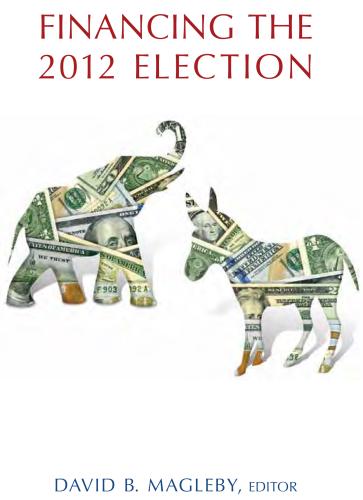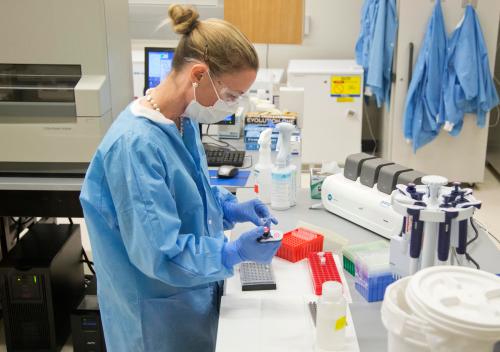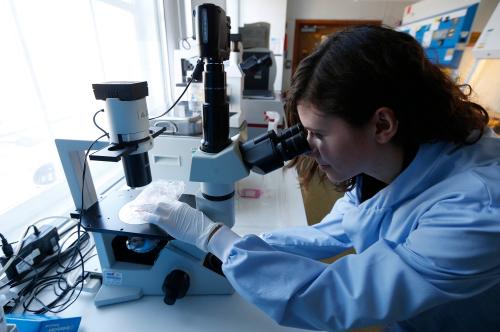For-profit corporations invest large amounts of money in global health R&D to develop novel treatments, drugs, and vaccines for neglected diseases. However, of the $157 billion spent on global health R&D annually, only $471 million goes to neglected tropical diseases. More investment is needed to improve health conditions in the developing world.
One critical illness affecting the developing world is HIV/AIDS. The human immunodeficiency virus (HIV) attacks cells of the immune system, rendering them vulnerable to infections and diseases. As the disease progresses, those infected become increasingly ill, ultimately culminating in acquired immunodeficiency syndrome (AIDS). It is estimated that nearly 36.7 million people globally were infected with HIV/AIDS in 2016 according to UNAIDS.
In order to facilitate investment in HIV/AIDS and other tropical diseases, our research team estimated potential returns to private investors in antiretroviral therapies (ART), the frontline treatment for suppressing HIV infection. By analyzing the number of people who are estimated to have HIV/AIDS, valuing future ART drug prices, and predicting future ART coverage ratios, we forecasted future revenues for six major African countries, the Middle East and North Africa and Sub-Saharan Africa regions, and the world as a whole.
Using detailed statistical analysis, we found the most populous African countries of South Africa, Nigeria, Tanzania, Ethiopia, the Democratic Republic of the Congo, and Egypt would earn $2.2 billion in revenues for HIV/AIDS treatments for the years 2017 through 2021. In addition, we estimated the Middle East and North Africa and Sub-Saharan Africa regions would earn $4.3 billion, and worldwide revenues could be as high as $6.1 billion for that period.
We also examined cost figures to gauge the profitability of HIV drugs. Although we recognize the criticism of Professor Joseph DiMasi’s estimates as being too high, we rely upon his figures of $2.6 billion for drug R&D costs, a corporate tax rate of 30 percent with limited deductions based on figures from African nations, and a 12 percent tax repatriation rate. We estimate potential profits of about $2.2 billion for the Middle East and North Africa, Sub-Saharan Africa, and the developed world based on this analysis. This estimate comes before the additional costs of breakage, marketing, transportation, and production.
The risks of investing in the emerging world range from governance capacity and macro-economic conditions to trade concerns, fears of expropriation, and armed conflict disrupting sales and distribution of medication. To overcome these barriers to investment, we suggest several improvements:
- Expand domestic and international tax credits to incentivize investment.
- Increase data transparency about drug investments and efficacy.
- Reform the Priority Review Voucher program to make it more effective for investors.
- Increase subsidies in medications for the developing world through advanced market commitments.
- Use artificial intelligence and data analytics to identify suitable compounds and mine existing research regarding new combinations. Those tools offer the potential to reduce drug development costs and therefore improve private sector investment.
Read the full report, titled “Measuring revenue streams and profitability for HIV drugs”, here.
The Brookings Institution is committed to quality, independence, and impact.
We are supported by a diverse array of funders. In line with our values and policies, each Brookings publication represents the sole views of its author(s).












Commentary
How profitable are HIV drugs?
April 16, 2018